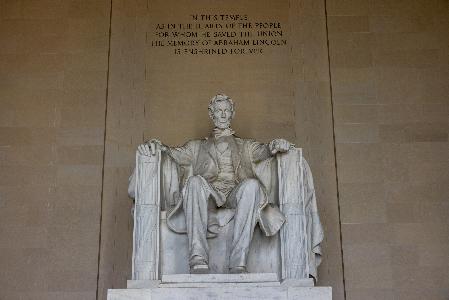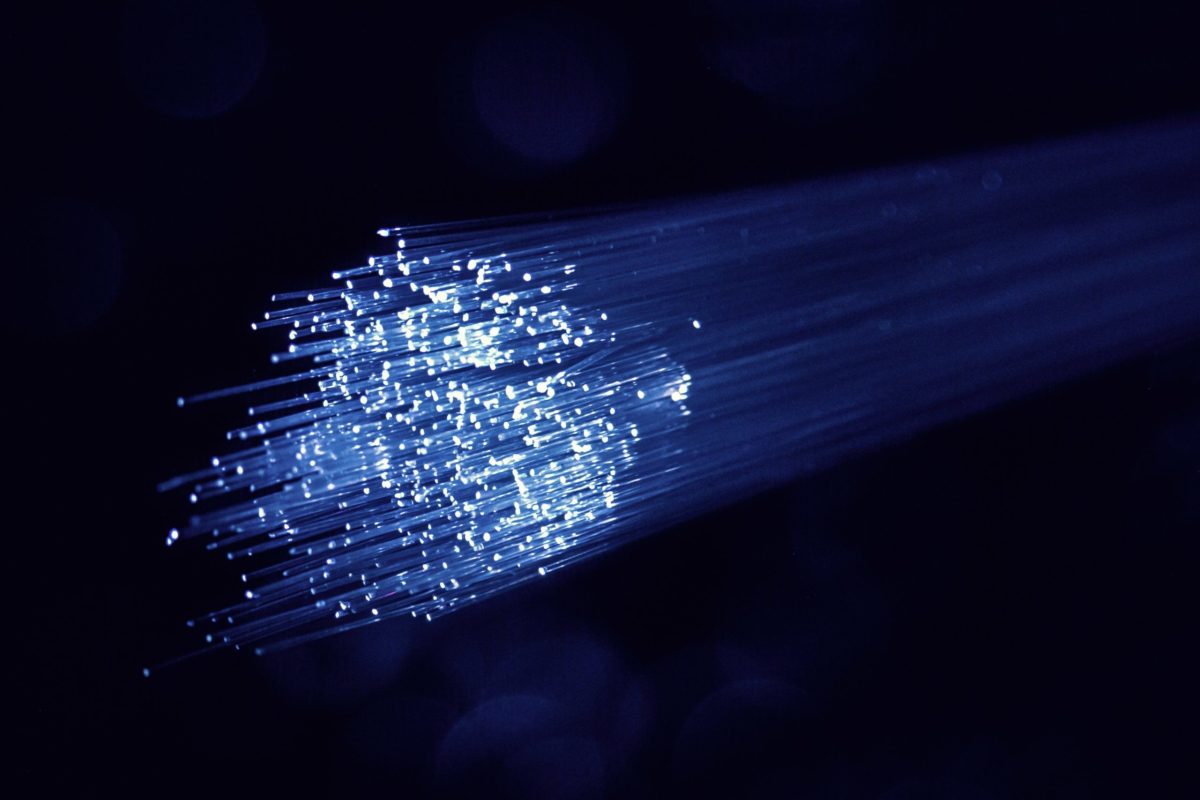Money is flowing for better connectivity.
The Infrastructure Investment and Jobs Act, approved by Congress and stamped by President Joe Biden in December, provides states with $65 billion for boosting internet access and connectivity through investing in broadband infrastructure. Even before this recent act, the American Rescue Plan allocated $300 million of COVID-19 relief funding for the state of Maryland to put toward broadband and digital equity initiatives.
With that latter funding came the establishment of the Maryland Office of Statewide Broadband. At an event last month, Director Kenrick Gordon gave insight on the state’s priorities when it comes to broadband infrastructure, including supporting the expansion of private internet service providers and allocating grant funding to help individuals access those services. He also shared his definition of high-speed internet — which is not as uniform as you might think.
With this plethora of new funding and policy, how many people actually understand the terms used to describe it all? From ISPs to high-speed internet to the more obscure, like dark fiber, here’s a quick guide to the terms you need to know.
Update: Since we published this guide, we’ve added a handful of terms and definitions from John Celentano, the Baltimore-based business editor of wireless infrastructure news org Inside Towers. His contributions are noted with (jc).
5G
The fifth generation of wireless technology that is distinguished by higher-speed data throughput and lower latency transmissions compared to earlier generations of wireless technology (jc)
Asynchronous connections
In contrast to synchronous connections, this occurs when your internet service has, for instance, faster download speeds than upload speeds. Most home internet service work this way because the average home isn’t transferring large amounts of data to the internet.
Cable and satellites
Cable delivers high-speed internet over the same coaxial cables that deliver pictures and sound to your TV set. Internet connectivity via satellite is provided by communication satellites.
Community-based mesh networks
These are an alternative form of providing internet access using sector antennas that sit on tall buildings throughout the city, like the Exelon building in Harbor Point and the University of Maryland BioPark in Southwest Baltimore, that broadcast internet to surrounding communities.
Conduit system
Baltimore’s century-old underground conduit system is a 700-mile network of ducts that house wiring for electric and communications services. Companies such as BGE and Comcast use the conduit for infrastructure, but it is owned by the city.
Dark fiber
Fiber optic cable without a service provider, like what Harbor Link just built along I-95.
Data caps
A cap on internet data usage — or, when an ISP’s customer reaches the cap, they’re charged a fee. Comcast had plans to enact data caps at 1.2 Terabytes, and then charge users an extra $10 per 50 GB, up to $100, but they have been paused.
Digital divide
This term expresses the haves and have nots of internet access. A 2020 Abell Foundation report that found 96,000 households, or 40.7%, do not have wireline internet service, such as cable, fiber or another subscriber line. These stats may have changed with the pandemic emphasizing the importance of internet connectivity, as programs such as the Affordable Connectivity Program have been put in place, and through the work of access-driven nonprofits such as Project Waves.
Download
Download speeds determine how fast information can travel from the internet to your home. How fast Netflix or a YouTube video loads is determined by these speeds.
DSL
Aka digital subscriber line, this cable transmits data over traditional copper phone lines.
Edge data center
A containerized, compact data center that is located at or near a cell tower to provide fast processing of data or video content, and to reduce latency (jc)
Fiber optic cable
This cable carries lots of data using pulses of light through strands of fiber at the fastest speeds.
Fiber-to-the-home
A broadband access architecture used by telephone companies to extend fiber optic cable directly to a home or business, e.g. Verizon FiOS (jc)
Fixed wireless access
A fixed (meaning, not mobile) wireless broadband service offered by wireless carriers, e.g. Verizon 5G Ultra-wideband, AT&T 5G Plus and T-Mobile 5G Home Internet (jc)
Franchise agreement
Local, long-term agreements with businesses whether they be ISP, network service provider or any contractor that locks a municipality into using that provider for a certain number of years. Why would a city do this? They get a cut of the ISPs gross revenue, not to mention the funds to the city coffers for leasing out the city’s broadband infrastructure.
Hybrid fiber coax
A broadband access architecture used by cable companies that combines a fiber optic backbone with existing coaxial cable that connects to a home, e.g. Comcast Xfinity (jc)
High-speed broadband internet
It’s a nebulous term that is the catchall for acceptable in-home internet service. According to the FCC, 25 Mbps download and 3 Mbps upload qualify as high speed. Gordon, Maryland’s broadband director, said he thinks speeds should be closer to 100 Mbps download and 100 Mbps upload, or a bare minimum of 20 Mbps.
Internet service provider
Also know as ISPs, these are the organizations the average person purchases their internet service from — think Comcast or Verizon.
Latency
The time it takes for some data to get to its destination across the network.
Megabits per second
Aka Mbps, this is a measure of internet bandwidth. Generally, the higher the number, the faster the internet speed.
Municipal broadband
Local governments offering their constituents broadband as a public utility, similar to gas and electric. Maryland does not offer municipal broadband.
Network service provider
Organizations like Crown Castle that sell bandwidth and network access to ISPs.
Router
The data communications device in your home or office that connects you to the internet via a fiber or copper (Ethernet) connection (jc)
Small cell
A wireless base station that is mounted on a telephone pole or streetlight to provide cellular service at street level or fixed wireless access in a neighborhood (jc)
Symmetrical transmission
The same download and upload speeds, e.g., 100 Mbps/100 Mbps (jc)
Synchronous connections
This occurs when your internet service has the same upload and download speeds. It’s primarily used by businesses, but as remote work and working from home continue to become the norm, more households may need the increased upload speed.
Upload
Upload speeds are used when you want to send information from your device to another location on the internet — say, when you post a picture on social media, or put a file in your email or Google Drive.
Wireless
Wireless broadband connects a home or business to the internet using radio signals instead of cables.
Wireless modem
The unit in your home or office that provides Wi-Fi connections to your laptop, tablet or smartphone; plugs into a router or may be built into a router (jc)
Donte Kirby is a 2020-2022 corps member for Report for America, an initiative of The Groundtruth Project that pairs young journalists with local newsrooms. This position is supported by the Robert W. Deutsch Foundation.Join the conversation!
Find news, events, jobs and people who share your interests on Technical.ly's open community Slack

Philly daily roundup: Earth Day glossary; Gen AI's energy cost; Biotech incubator in Horsham

Delaware daily roundup: Greentech terms to know post-Earth Day; generative AI's energy costs; anti-AI deepfake legislation

DC daily roundup: Washington Post's AI collab; a greentech glossary; Halcyon's debut Climate Fellowship cohort


